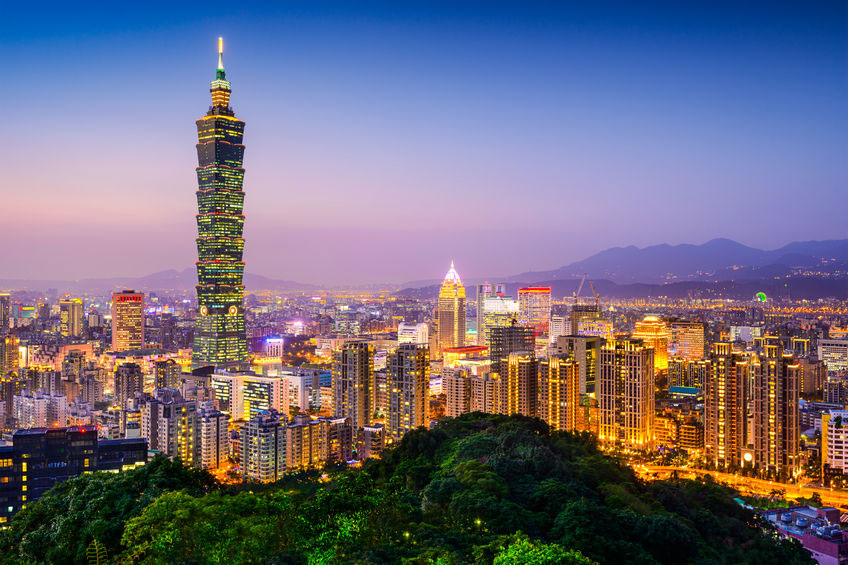
The global population, according to the Pew Research Center, is projected to grow by 38% from 2010 to 2050. This increase means an additional 2.7 billion people in the world, many of whom will be living in Africa and other developing countries. Additionally, India will soon surpass China as the most populous. It is also projected that by the year 2050, 70% of the population will reside in urban communities.
This population growth presents an interesting and unique problem for urban planners. As more and more people live on this planet, the pressure to build smart cities that feature environmentally sustainable infrastructure will become immense. The challenge facing planners will be to find a way to do more with less. In other words, what decisions will need to be made going forward to create livable environments for more per people per square foot as population densities grow while maintaining a proper balance between human and environmental needs? Here is a more in-depth look at this question and the challenge.
The Challenge to Building Sustainable Urban Communities
The amount of human activity taking place in the world is placing stress on the infrastructures of global urban communities. It has been conceded for some time that humanity and industry cannot be supported by the environment indefinitely. A balance must be struck between the needs of the growth that is underway and the needs of future generations.
The Example of Trees and Sustainability
One example of the balance being struck to create a sustainable community vis-à-vis the challenge of the current urban landscape has to do with the planting of trees. Trees are vital in that they provide oxygen in exchange for the carbon dioxide we exhale and prevent soil erosion.
An ecological analysis of four Philadelphia water-shed areas projected a cost savings of up to $177 million annually as a result of restoring tree density in the region. The savings would be realized through a reduced need for storm water infrastructure. The problem however lies in the strategy used to plant more trees. Trees planted in some urban communities are placed in substandard soil or cramped tree pits that result in growth deficiency. Urban planners must understand how the need for trees not only improves the aesthetics of a community but are an important element of current and future sustainability.
Creating an Efficient Sustainable Infrastructure
A rise in energy prices, urban sprawl, damage caused by natural disasters and water shortages are challenges putting strain and stress on the ability of urban communities to meet the needs of their residents. The partnership of Zofnass Program for Sustainable Infrastructure at Harvard University and the Institute for Sustainable Infrastructure created the Envision Sustainability Rating System. This system provides planners with a way to accredit the sustainability, durability, flexibility and utility of current and proposed infrastructure projects. Planners may also be able to meet the needs of a rapid urbanizing world by understanding the needs of future communities. A move to urbanization means an adoption of connected infrastructures, 3D printing, and resiliency planning in order to adapt and adjust to the development of sustainable urban communities.